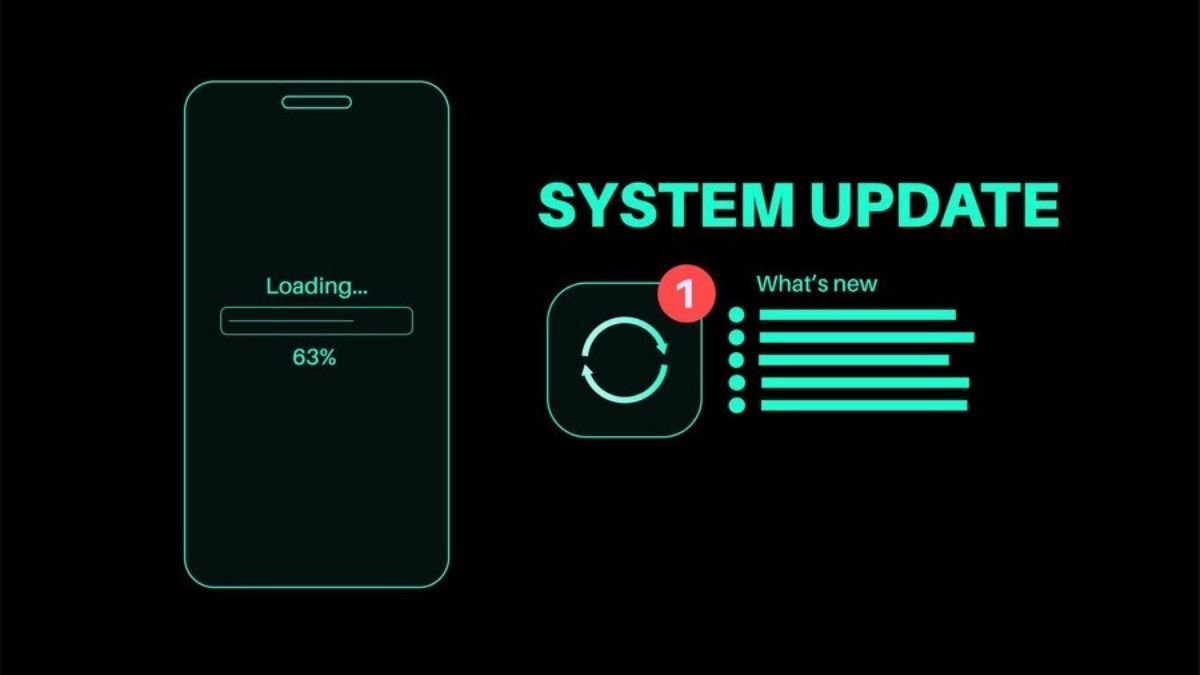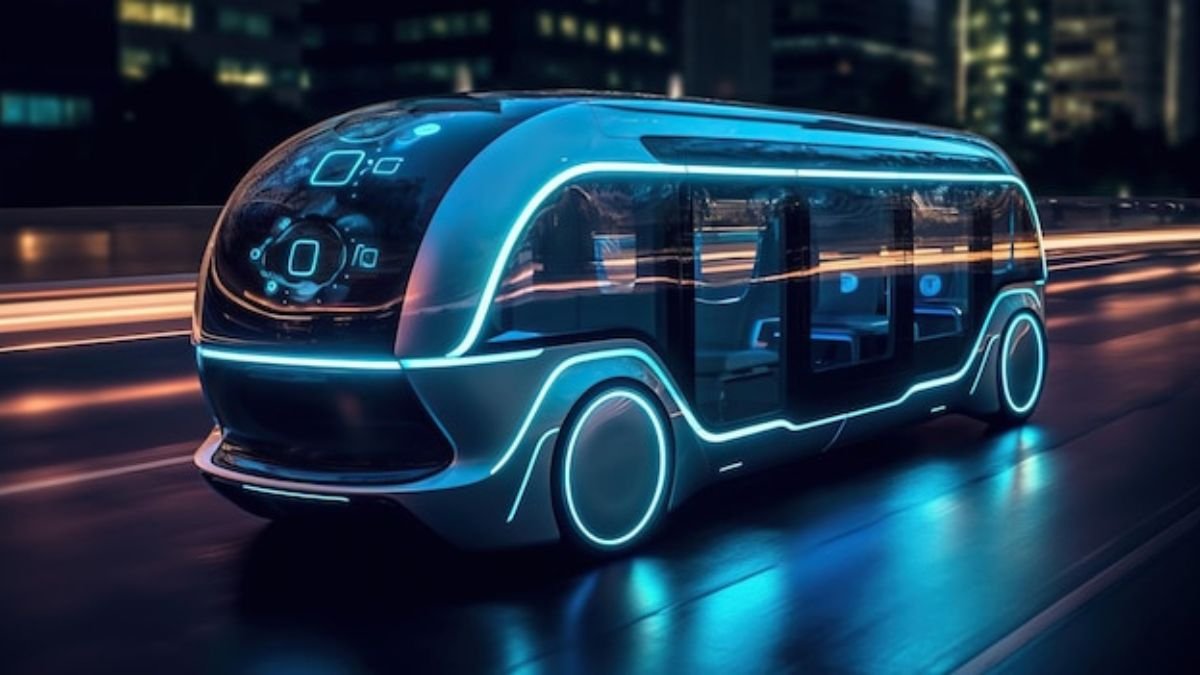TECHNOLOGY
DAMX-033: Revolutionizing Renewable Energy and Sustainable Technology

DAMX-033 is emerging as a versatile technology in renewable energy and other sectors such as healthcare, aerospace, and consumer electronics. This innovative solution is known for its adaptability, efficiency, and minimal environmental footprint, making it a preferred choice for industries committed to sustainable practices. Here, we’ll explore damx-033 features, benefits, applications, and potential to lead the way in eco-friendly technology.
What is DAMX-033?
DAMX-033 is a state-of-the-art renewable energy technology initially designed to harness kinetic energy from water currents using underwater turbines. Unlike traditional hydropower, which often requires large dams and extensive infrastructure, DAMX-033’s offers a compact and adaptable alternative that can be deployed in smaller bodies of water, resulting in reduced ecological disruption
Key Features of DAMX-033
DAMX-033 is recognized for its advanced design and engineering, which make it an ideal choice for sustainable energy solutions:
- High Efficiency:
- DAMX-033 maximizes energy output from minimal input by using a powerful core processor, integrated sensors, and an energy optimization module. This design allows for highly efficient energy conversion and supports both industrial and individual applications
- Sustainable Materials:
- Constructed from eco-friendly and corrosion-resistant materials, DAMX-033 is suitable for long-term use in harsh environments, reducing waste and maintenance costs.
- Versatile Integration:
- DAMX-033 is designed for flexible integration into various infrastructures, allowing it to work alongside existing systems in renewable energy, healthcare, and even consumer electronics
Benefits of DAMX-033
DAMX-033 brings substantial benefits, making it a valuable asset for companies and individuals focused on sustainability:
- Environmental Preservation:
- Its design requires minimal infrastructure, which helps preserve local habitats and biodiversity, contrasting sharply with the disruptive effects of traditional hydropower.
- Cost Efficiency:
- With low maintenance and operational costs, DAMX-033 provides significant cost savings in the long term, especially for companies transitioning from fossil fuels or older renewable technologies.
- Scalability:
- DAMX-033 can be scaled up or down based on project needs, making it adaptable to various applications, from renewable energy production to powering consumer electronics
Applications Across Industries
DAMX-033’s adaptability and efficiency allow it to serve multiple sectors, each benefiting from its unique features:
- Renewable Energy:
- DAMX-033 is particularly effective in remote or off-grid areas, where it provides a clean energy alternative to traditional power systems. Its easy deployment and minimal environmental impact make it a valuable asset for communities with abundant water resources but limited infrastructure
- Healthcare:
- In the healthcare sector, DAMX-033’s precision and reliability enhance the performance of diagnostic equipment, which translates to improved patient care. Its durable design ensures consistency and accuracy, which is essential for medical applications
- Consumer Electronics:
- DAMX-033 optimizes energy use in smart devices, increasing battery life and operational efficiency, making it ideal for applications where performance and sustainability are both critical
- Aerospace:
- With its high resilience and efficiency, DAMX-033 is suitable for aerospace applications, where durability and low-maintenance solutions are paramount. Its robust construction and energy efficiency support high-performance needs in challenging environments
DAMX-033 vs. Traditional Hydropower
DAMX-033 sets itself apart from conventional hydropower in several ways:
- Lower Environmental Impact:
- While traditional hydropower often requires dams that disrupt local ecosystems, DAMX-033’s compact turbines reduce the need for large infrastructure and preserve biodiversity
- Increased Flexibility:
- DAMX-033 can harness energy from small or large bodies of water, making it a versatile option across different settings.
- Faster and More Affordable Deployment:
- Its simplified design means faster installation with reduced costs, providing a quicker return on investment for companies and municipalities
Economic and Environmental Benefits
DAMX-033’s offers multiple economic and environmental advantages, making it an excellent choice for eco-conscious industries:
- Cost Savings:
- With its energy-efficient operation and lower maintenance needs, DAMX-033’s significantly reduces operational costs.
- Job Creation:
- The adoption of DAMX-033’s in the renewable energy sector drives job creation in fields such as manufacturing, installation, and system maintenance, promoting local economic growth.
- Carbon Footprint Reduction:
- By reducing reliance on fossil fuels, DAMX-033’s helps lower greenhouse gas emissions, contributing to global efforts to combat climate change
Challenges and Limitations
Despite its advantages, DAMX-033’s faces a few challenges:
- High Initial Investment:
- The upfront costs of deploying DAMXs-033 can be high, though long-term savings often offset this initial expense.
- Compatibility with Legacy Systems:
- Adapting DAMXs-033 to older infrastructures may require additional upgrades, which could increase the overall cost.
- Maintenance Needs:
- Although durable, DAMXs-033 still requires maintenance, especially in extreme environments where wear and tear are more frequent.
Future Potential and Innovations
The future of DAMXs-033 is promising, as ongoing research and development efforts focus on expanding its applications and improving its efficiency:
- Hybrid Systems:
- Researchers are exploring ways to integrate DAMX-033’s with solar or wind energy systems, maximizing renewable energy output.
- AI Integration:
- Advances in artificial intelligence could further enhance DAMX-033’s efficiency by allowing it to optimize energy use based on real-time data.
- Autonomous Applications:
- The potential for DAMXs-033 in autonomous vehicle technology and smart cities is also being investigated, as its low-energy, high-efficiency design is ideal for such future applications.
Conclusion
DAMXs-033 represents a significant advancement in sustainable energy and technology. Its high efficiency, low environmental impact, and adaptability across industries make it an indispensable solution for today’s eco-conscious companies and consumers. As it continues to evolve, DAMXs-033 is set to play a pivotal role in reshaping renewable energy, supporting the transition to a cleaner, more resilient global energy system.
FAQs
What is DAMX-033?
DAMXs-033 is an innovative renewable energy technology that captures kinetic energy from water currents, converting it into electricity efficiently and sustainably
How does DAMX-033 work?
It operates with underwater turbines that generate power from the movement of water, making it a clean and efficient energy source for various applications
What are the main benefits of DAMX-033?
DAMXs-033 offers significant environmental benefits by minimizing ecosystem disruption, cost savings through reduced maintenance, and versatility across sectors like renewable energy, healthcare, and aerospace
How is DAMX-033 different from traditional hydropower?
Unlike conventional hydropower, DAMXs-033 requires minimal infrastructure and can operate in smaller water bodies, reducing ecological impact and installation costs
What are the challenges of using DAMXs-033?
Key challenges include initial investment costs, potential compatibility issues with older systems, and maintenance needs in harsh environments
TECHNOLOGY
EMSI Capella: A Comprehensive Overview

FAQs
What is EMSIs Capella?
EMSIs Capella is a partnership between Economic Modeling Specialists International (EMSI) and Capella University. It combines labor market analytics with tailored educational programs to help professionals align their skills with market demands.
How does EMSIs Capella benefit professionals?
EMSI Capella provides:
- Labor market insights to identify in-demand roles.
- Flexible online learning programs.
- Career development tools, including resume assistance and interview preparation.
What industries does EMSIs Capella focus on?
The platform caters to high-demand sectors like:
- Healthcare
- Information Technology
- Business and Management
- Education
Is EMSIs Capella suitable for working professionals?
Yes, Capella University’s online competency-based model is designed for working professionals, allowing them to learn at their own pace and schedule.
How does EMSIs Capella ensure job market relevance?
EMSI’s advanced analytics track labor market trends and skill demands, which are integrated into Capella’s programs, ensuring graduates are prepared for real-world challenges.
Are there short-term learning options available?
Yes, EMSI Capellas offers micro-credentials and certifications that focus on specific skills, ideal for professionals seeking targeted upskilling.
TECHNOLOGY
Apple Update 17.1.1: Everything You Need to Know

Conclusion
The apple update 17.1 1 update is a valuable addition to Apple’s software lineup, focusing on enhancing performance, addressing user concerns, and strengthening device security. Whether you’re upgrading for the features or simply to ensure your device is secure, this update is worth installing.
FAQs
What is the iOS 17.1.1 update about?
iOS 17.1.1 is a software update from Apple that includes bug fixes, security improvements, and some feature enhancements for iPhone users.
Is the iOS 17.1.1 update free?
Yes, like all iOS updates, it is free to download and install for all supported devices.
Which devices are compatible with iOS 17.1.1?
The update supports a range of devices, including:
- iPhone 15, 14, 13, 12, and 11 series
- iPhone SE (2nd and 3rd generation)
- iPhone XR and XS models
How do I check if my iPhone is running iOS 17.1.1?
Go to Settings > General > About, and look for the software version listed.
How long does it take to install the iOS 17.1.1 update?
Installation typically takes 15–30 minutes, depending on your device and internet speed.
Will iOS 17.1.1 affect my battery life?
Initially, you might notice minor battery drainage as your device recalibrates, but the update includes optimizations that improve battery performance over time.
TECHNOLOGY
New Bus Technology: Revolutionizing Urban Transportation
-

 TECHNOLOGY1 month ago
TECHNOLOGY1 month agoUnderstanding PHP ID 1: A Comprehensive Guide
-

 GENERAL1 month ago
GENERAL1 month agoSK 100W-MF2-35-1E1-1S10 / VPL-B1003: An In-Depth Look at a Powerful Lighting Solution
-

 LIFE STYLE1 month ago
LIFE STYLE1 month agoExploring Elise Maillet and the Rhône Valley
-

 LIFE STYLE1 month ago
LIFE STYLE1 month ago9236 Kitchin Wake Forest: A Deep Dive into a Unique Property from John the Diary in Rolesville
-

 GENERAL1 month ago
GENERAL1 month agoUnderstanding the Ratio: 324.48/125.3
-

 Uncategorized1 month ago
Uncategorized1 month agoThe Ultimate Guide to Home Labs: Setting Up Your Personal Space for Learning and Experimentation
-

 TECHNOLOGY1 month ago
TECHNOLOGY1 month ago2016 Berkshire 34QB for Sale: A Comprehensive Review
-

 Uncategorized1 month ago
Uncategorized1 month agoStudies in Boy-Love: O. Brunoz and Alex Oriani





